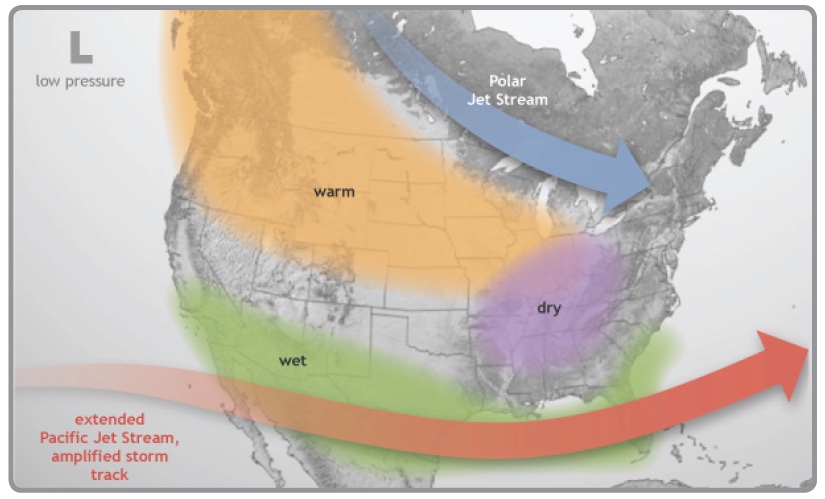
Cover crops have increased in interest and acres planted substantially in the past decade. Indiana has now had three consecutive years of over one million acres of cover crops planted.

Cover crops have increased in interest and acres planted substantially in the past decade. Indiana has now had three consecutive years of over one million acres of cover crops planted.

Sulfur (S) deficiency is becoming more common in Indiana crops because S emissions from coal-fired power plants have decreased over the past few decades and, thus, so has atmospheric S deposition.

The Purdue Crop Performance Program (PCPP) annual Corn and Soybean Performance Trial Bulletin was recently posted online.

Average Temperature: Departure from Mean Nov. 6 – Dec. 5, 2018

Accumulated Precipitation (in): Departure from Mean Nov. 6-Dec. 5, 2018
A wonderful reference to understand which Bt-traited corn has efficacy against specific insects is the “Handy Bt Trait Table.” New in this update are the known insects resistant to Bt toxins.
Pest&Crop Survey for 2018.

An El Niño develops when sea surface temperatures are warmer than average in the equatorial Pacific for an extended time. This is important to North America because El Niño can impact our weather patterns, especially in the winter.

https://extension.entm.purdue.edu/newsletters/pestandcrop/wp-content/uploads/sites/2/2018/11/TempDepartOct7_Nov5.png

Accumulated Precipitation Oct. 7-Nov. 5, 2018
© 2025 Purdue University | An equal access/equal opportunity university | Copyright Complaints | Maintained by Pest&Crop newsletter
If you have trouble accessing this page because of a disability, please contact Pest&Crop newsletter at luck@purdue.edu.